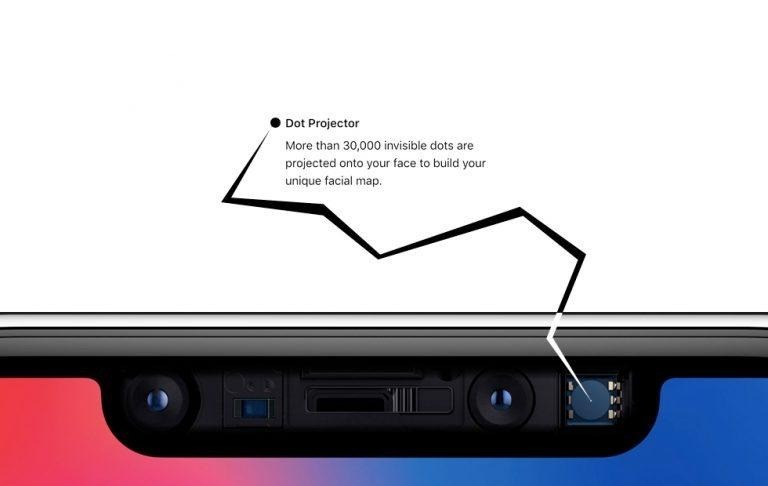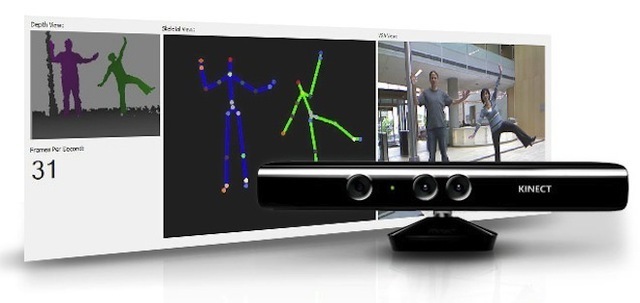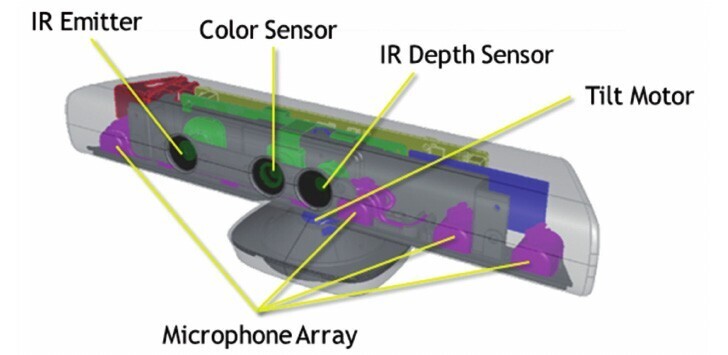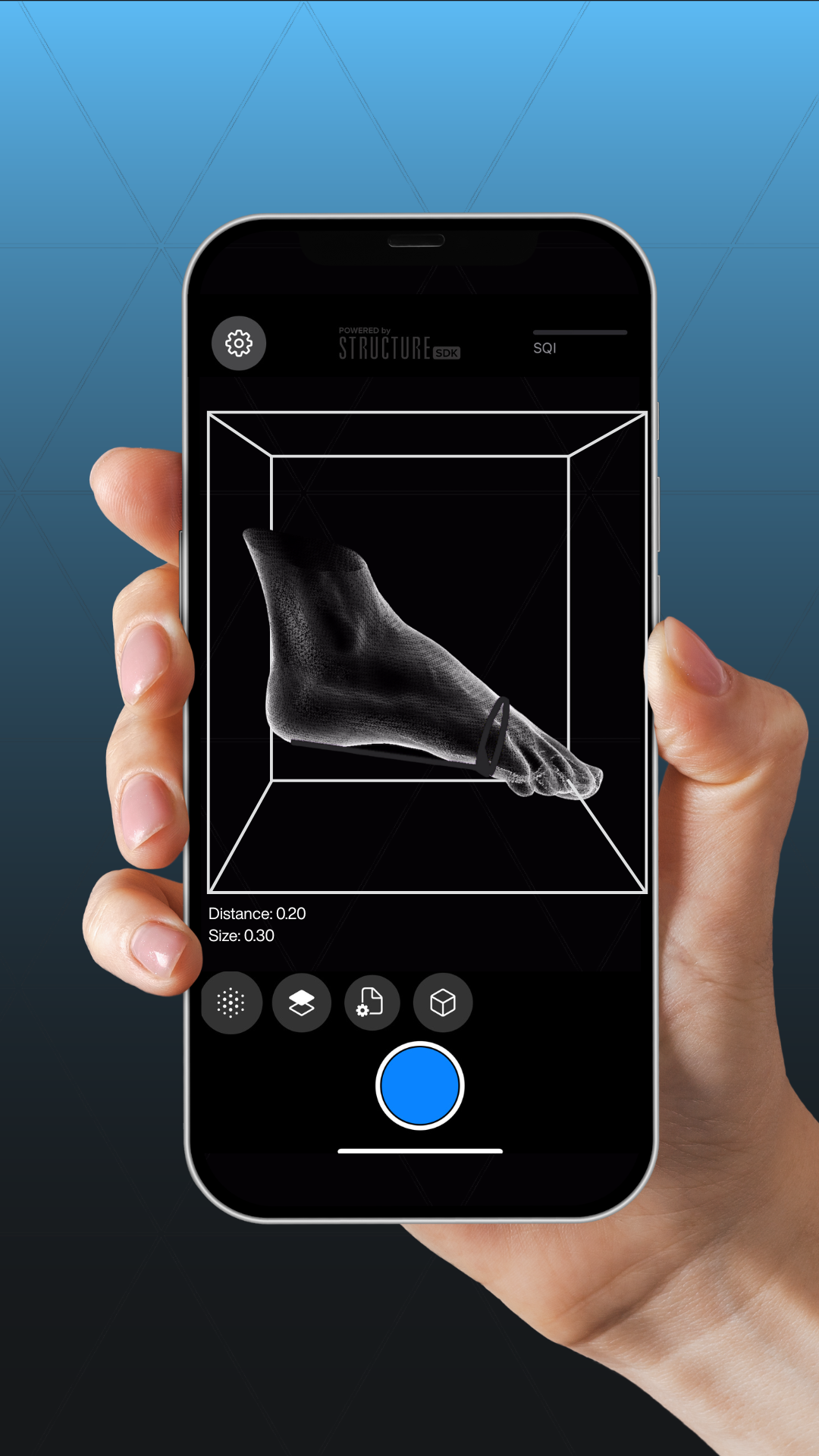For nearly a decade, one of the most sophisticated 3D scanning technologies has lived right in your pocket—through Apple’s TrueDepth system. However, few users have recognized just how advanced it really is.
Introducing TrueDepth and Face ID

Launched with the iPhone X in November 2017, Apple introduced the TrueDepth camera system housed within the now-iconic notch. At its core, TrueDepth is a front-facing depth sensor array comprising three parts:
- An infrared flood illuminator that lights up your face invisibly,
- A dot projector that shimmers over 30,000 infrared dots onto your features,
- An infrared camera that captures the resulting 3D depth pattern
Within milliseconds, this triangulated depth map is processed by the Secure Enclave to authenticate the user via Face ID, all while never leaving the device

The Legacy: PrimeSense and Microsoft Kinect
The roots of TrueDepth trace back to PrimeSense, a pioneering Israeli 3D sensing company founded in 2005. PrimeSense’s “light coding” technology—a structured infrared light projection system—was famously used in Microsoft’s Xbox Kinect, enabling real‑time 3D motion tracking starting in 2010.


Microsoft’s Kinect relied on PrimeSense to detect 3D spatial data, revolutionizing gesture control and human-computer interaction. During this era, middleware like OpenNI and NITE allowed hobbyists and researchers to extract skeleton tracking data from the sensor.
In November 2013, Apple acquired PrimeSense for around $360 million, bringing that foundational 3D expertise in-house. This acquisition positioned Apple to miniaturize and refine PrimeSense's structured-light tech into a compact, secure face authentication system.
Bridging to Modern 3D Scanning
When TrueDepth debuted, its primary use was biometric authentication and augmented reality (e.g., Animoji), but the underlying 3D scanning potential was obvious. Third-party developers and companies like Structure tapped into this capability, expanding and empowering open SDKs for mobile 3D scanning across industries.
Originally, the open-source Structure SDK supported TrueDepth-based scanning for faces and feet—applications that revolutionize healthcare workflows, especially in orthotics and prosthetics—allowing clinicians to create accurate 3D scans with just an iPhone or iPad.
Today, that innovation culminates in Structure Capture, an app that transforms iOS devices into general-purpose pocket 3D scanners, compatible with either TrueDepth or the Structure Sensor 3 for enhanced precision.

New Possibilities: TrueDepth for Custom Apps and Emerging Use Cases
TrueDepth isn’t just for Face ID anymore. Its high-precision depth sensing can be embedded into new mobile apps to serve a range of industries—from custom eyewear and apparel to medical imaging and sports tech.
A perfect example is Smith Optics, which partnered with Structure to develop the Imprint 3D app for iPhone. Using only the TrueDepth camera, the app captures a precise facial scan to create custom-fit ski goggles tailored to each user. No trips to the store. No special hardware. Just your face and your phone.
This real-world success demonstrates how developers can leverage TrueDepth through tools like the Structure SDK to create entirely new user experiences—bringing industrial-grade 3D scanning into consumer-friendly apps.

Why This Matters: The Future of 3D Scanning
- Accessibility – TrueDepth democratizes 3D scanning; no bulky hardware required.
- Precision – Building on PrimeSense’s trusted structured-light system ensures millimeter-level accuracy.
- Cross‑industry potential – Beyond Face ID, it’s reshaping medical imaging, e-commerce, AR, and custom manufacturing.
Conclusion
From PrimeSense’s pioneering structured-light systems used in Kinect, to Apple’s integration into TrueDepth and Face ID, 3D scanning technology has come full circle—now residing in everyday iPhones and iPads. This evolution has not just redefined smartphone security but opened doors across sectors, transforming mobile 3D scanning into a powerful, scalable tool.
As Apple refines TrueDepth and more developers adopt the technology, the convergence of Apple, Face ID, and TrueDepth continues to push the boundaries of consumer and professional-grade 3D scanning technology. The next frontier? Pocket devices doubling as precise 3D scanners for all industries — and that future is closer than you realize.
Looking to try out the power of TrueDepth? Download the Structure Capture app to access a week of premium scanning and empower your digital workflow.